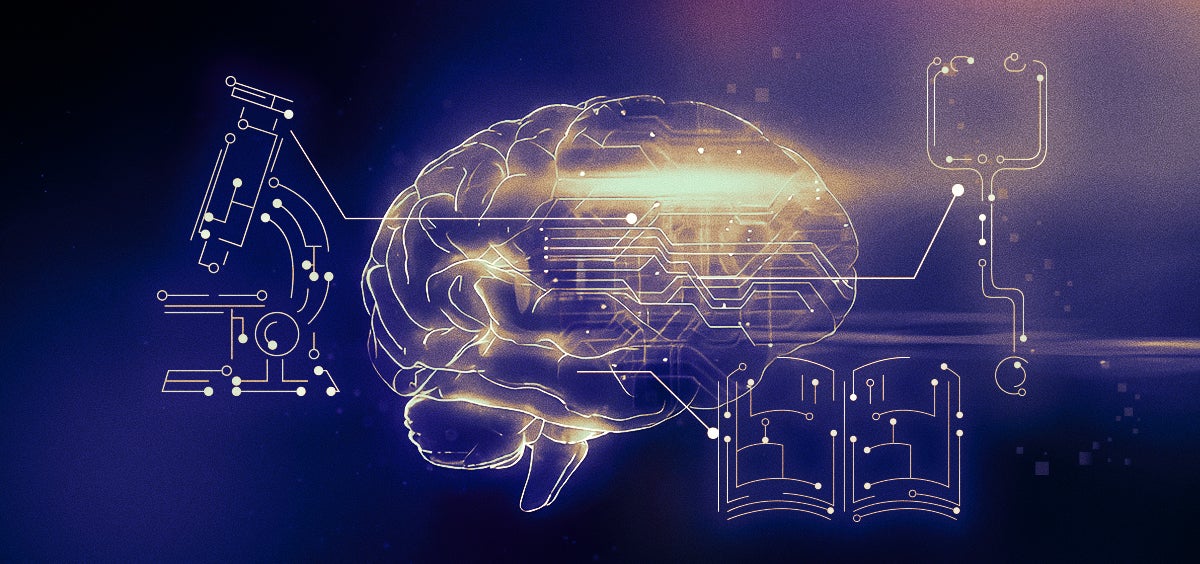Revolutionary Helping Gadgets: Enhancing Accessibility and Independence
The landscape of accessibility and independence has been profoundly reshaped by a wave of revolutionary helping gadgets. These groundbreaking technologies, designed with a deep understanding of the needs of individuals with disabilities, have dismantled barriers, enabling unprecedented levels of autonomy and participation in various aspects of life. From communication to mobility and beyond, these gadgets have not only transformed the way people with disabilities interact with the world but also how the world interacts with them.
One of the most transformative aspects of these helping gadgets is their impact on mobility. For individuals with mobility impairments, traditional challenges like stairs and uneven terrain can be daunting. However, the advent of advanced mobility devices has revolutionized the way people with disabilities navigate their surroundings. Wheelchairs enhanced with electric propulsion systems and all-terrain capabilities empower users to move seamlessly across different surfaces, ensuring that the great outdoors is no longer off-limits. Furthermore, devices like stair-climbing wheelchairs and exoskeletons provide an unprecedented level of freedom, allowing users to ascend stairs and engage in activities that were previously inaccessible.
Communication lies at the core of human interaction, and helping gadgets have ushered in a new era of communication accessibility. Augmentative and alternative communication (AAC) devices, equipped with sophisticated algorithms and predictive text features, empower individuals with speech disabilities to express themselves fluently. These devices, often in the form of tablets or smartphones, offer customizable interfaces, allowing users to choose the communication methods that best suit their needs, whether it’s through text, symbols, or even sign language interpretation. This not only enhances social interactions but also facilitates educational and professional pursuits, ensuring that individuals with disabilities can actively participate in classrooms and workplaces.
Additionally, helping gadgets have transformed the way individuals with visual impairments perceive and interact with the world. Smart glasses equipped with cameras and object recognition software provide real-time audio descriptions of the user’s surroundings, offering a new level of independence in navigation. Furthermore, portable electronic braille displays and refreshable braille keyboards enable individuals with visual impairments to access digital content in braille, opening up vast avenues of knowledge and entertainment. These gadgets not only enhance educational opportunities but also facilitate employment, allowing individuals with visual impairments to engage in a wide range of professions.
Furthermore, home automation systems tailored for accessibility have redefined the concept of independent living. Smart home gadgets, such as voice-activated assistants and sensors, enable individuals with disabilities to control various aspects of their home environment with simple commands. From adjusting room temperatures to controlling lighting and security systems, these gadgets provide a level of control that was previously unimaginable. This newfound independence within one’s living space not only enhances the quality of life but also fosters a sense of empowerment and self-reliance.
In the realm of education, helping gadgets have revolutionized learning experiences for students with disabilities. Assistive technologies, ranging from screen readers and speech recognition software to tactile graphics and interactive learning apps, cater to diverse learning needs. These technologies ensure that students with disabilities can access educational materials, participate in classroom activities, and collaborate with peers on an equal footing. By fostering inclusive education, these gadgets empower students to explore their full potential, preparing them for future academic and professional endeavors.
In conclusion, revolutionary helping gadgets have reshaped the landscape of accessibility and independence, offering individuals with disabilities unprecedented opportunities to lead fulfilling lives. These technologies not only enhance mobility, communication, and education but also nurture a sense of belonging and self-confidence. As these innovations continue to evolve, they hold the promise of creating an even more inclusive society where everyone, regardless of their abilities, can actively participate, contribute, and thrive.



